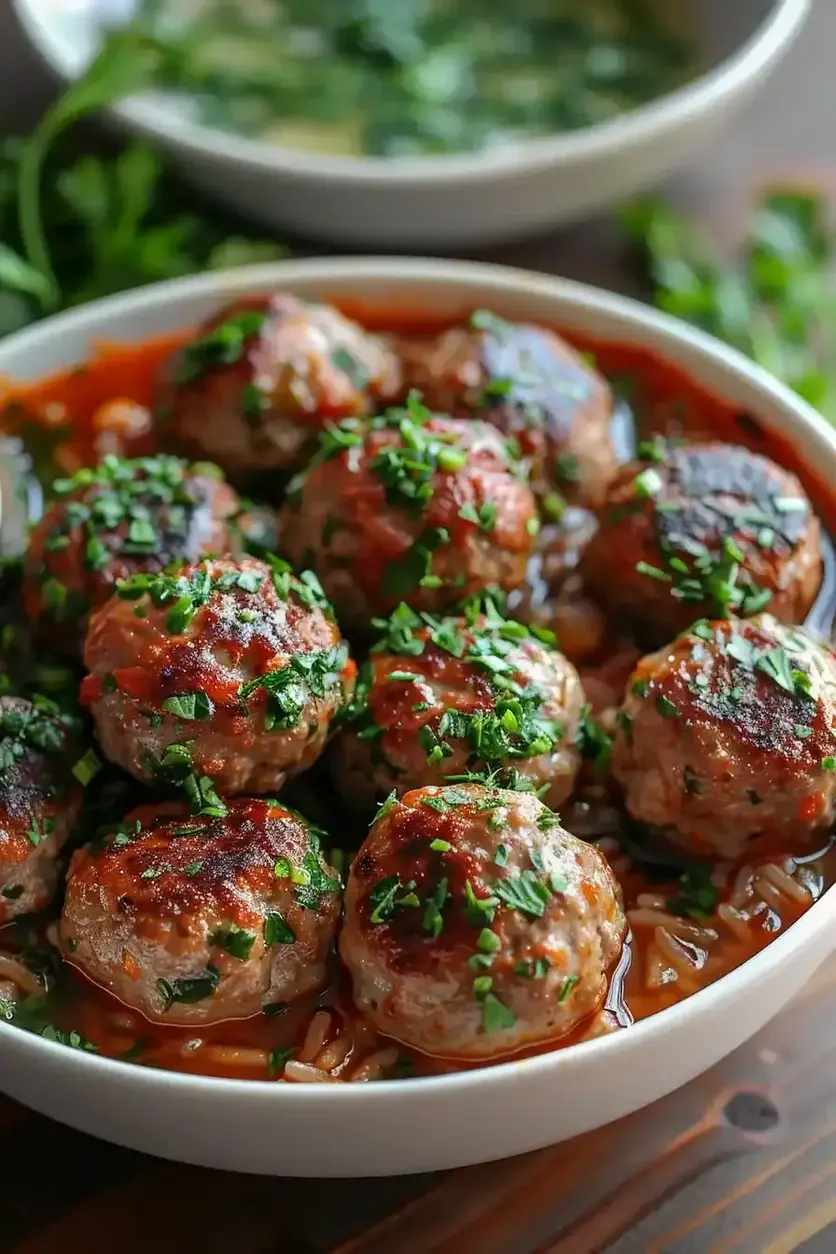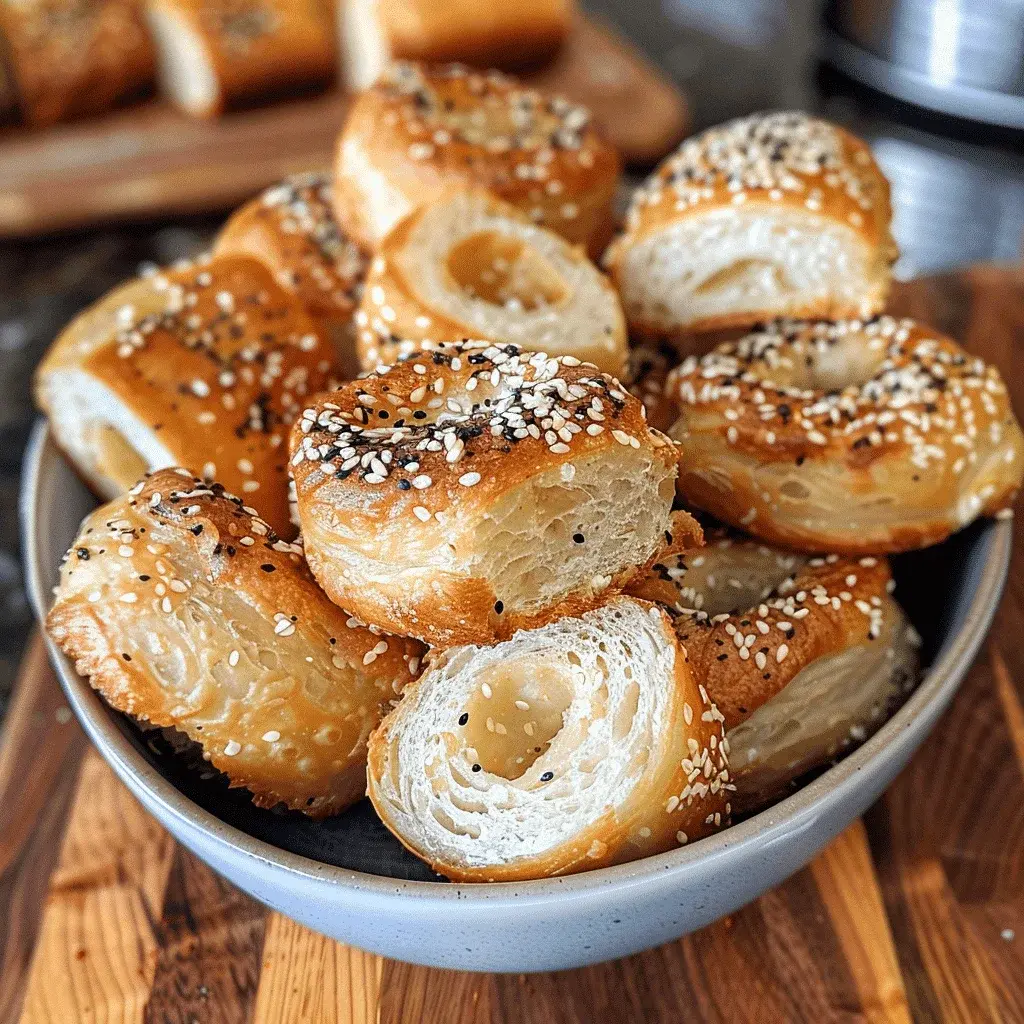“`html
Table of Contents
Cookie Monster Ice Cream
Introduction: Cookie Monster Ice Cream
Are you craving a treat that’s as fun to make as it is to eat? Does the thought of vibrant blue ice cream studded with chocolate chips and cookie crumbles make your inner child (or actual child!) do a happy dance? If you’re nodding enthusiastically, then you’re in the right place! Cookie Monster Ice Cream is more than just a dessert; it’s an experience. It’s that perfect blend of nostalgia and pure, unadulterated joy, packed into a creamy, dreamy frozen delight. This iconic flavor has captured hearts and taste buds for generations, and for good reason. Its fantastical color and delightful mix-ins make it a guaranteed hit at parties, sleepovers, or just a Tuesday night when you need a serious pick-me-up. Forget your worries and dive into this whimsical world of blue! We’re about to embark on a culinary adventure that’s simple, satisfying, and unbelievably delicious. Get ready to unleash your inner cookie monster!
Ingredients
This recipe is designed to be a delightful explosion of flavors and textures. The key is to use high-quality ingredients for the best possible outcome. Don’t be afraid to adjust quantities to your personal preference!
- Heavy Cream: The luscious foundation of our ice cream, providing unparalleled richness and a smooth, velvety texture. (Substitute: A mix of half-and-half and evaporated milk for a slightly lighter, but still creamy, result).
- Whole Milk: Balances the richness of the cream, ensuring a fluid consistency that’s easy to churn. (Substitute: Non-dairy milk like almond or soy milk for a vegan option, though the texture might be slightly less rich).
- Granulated Sugar: Sweetens the mixture and contributes to its smooth texture by preventing large ice crystals from forming. (Substitute: Maple syrup or agave nectar for a liquid sweetener; adjust quantity as they are sweeter).
- Egg Yolks: These are the secret to a custard-like, incredibly creamy ice cream. They emulsify the mixture and add a luxurious mouthfeel. (Substitute: For an egg-free version, use cornstarch as a thickener – about 3-4 tablespoons dissolved in cold milk before heating).
- Vanilla Extract: Enhances all the other flavors and adds a comforting aroma. (Substitute: Vanilla bean paste for flecks and a more intense vanilla flavor).
- Blue Food Coloring: The iconic hue that makes this ice cream instantly recognizable. Gel food coloring is recommended for vibrant, concentrated color. (Substitute: Butterfly pea flower powder for a natural blue tint, though the color might be less intense or slightly purplish).
- Chocolate Chip Cookies: Crumbled into bite-sized pieces, these add delightful pockets of chocolatey goodness and chewy texture. (Substitute: Oreos, chocolate chip cookie dough chunks, or even crumbled graham crackers for a different flavor profile).
- Mini Chocolate Chips: Studded throughout for those irresistible bursts of chocolate. (Substitute: White chocolate chips, peanut butter chips, or sprinkles for a festive sparkle).
Timing
Crafting this delightful ice cream is a process that requires patience, but the payoff is immense. The time involved is well worth the effort for a truly artisanal frozen treat.
20 minutes
4 hours (or overnight)
20-30 minutes
Approx. 5 hours (including chilling and churning)
Compared to many homemade ice cream recipes that require longer chilling times or more complex custard preparation, this version is quite straightforward. The active preparation is relatively quick, with the majority of the time dedicated to allowing the flavors to meld and the ice cream to churn and freeze.

Step-by-Step Instructions
Let’s get our hands blue and our taste buds tingling! Follow these steps carefully for your perfect batch of Cookie Monster Ice Cream.
Step 1: Prepare the Base
In a medium saucepan, whisk together the heavy cream, whole milk, and granulated sugar over medium heat. Heat the mixture until it’s warm and the sugar has dissolved, but do not let it boil. In a separate bowl, whisk the egg yolks until they are pale and slightly thickened. Slowly temper the egg yolks by gradually whisking about half of the warm cream mixture into the yolks. This prevents the eggs from scrambling. Once tempered, pour the yolk mixture back into the saucepan with the remaining cream mixture. Cook over low heat, stirring constantly with a wooden spoon or rubber spatula, until the custard thickens enough to coat the back of the spoon (around 170-175°F or 77-79°C). Do not let it boil. Remove from heat immediately and stir in the vanilla extract.
Step 2: Add the Excitement
Now for the fun part – the color! While the custard base is still warm, add your blue food coloring, starting with a few drops and adding more until you achieve that classic, vibrant Cookie Monster blue. Stir until the color is evenly distributed. For the best texture and flavor, it’s crucial to chill this base thoroughly. Pour the mixture into a clean bowl or container, cover it with plastic wrap (pressing the wrap directly onto the surface to prevent a skin from forming), and refrigerate for at least 4 hours, or preferably overnight. A cold base churns better and results in creamier ice cream.
Step 3: Freeze and Enjoy
Once your base is thoroughly chilled, it’s time to churn! Pour the cold custard mixture into your ice cream maker and churn according to the manufacturer’s instructions until it reaches the consistency of soft-serve ice cream. In the last few minutes of churning, add your crumbled chocolate chip cookies and mini chocolate chips. Allow them to mix in evenly. Transfer the churned ice cream to an airtight container. For a firmer, scoopable consistency, press plastic wrap directly onto the surface of the ice cream, then cover the container with its lid. Freeze for at least 2-4 hours, or until firm. Scoop generously and enjoy the magical blue goodness!
Nutritional Information
While this is a decadent treat, understanding its nutritional profile can help you enjoy it mindfully. Please note that these are approximate values and can vary based on exact ingredients and quantities used.
- Calories: Approximately 300-400 per serving (1/2 cup)
- Fat: 20-30g (primarily from heavy cream and egg yolks)
- Carbohydrates: 30-40g (from sugar and cookies)
- Protein: 4-6g
- Sugar: 25-35g
Healthier Alternatives
Want to enjoy the Cookie Monster vibe with a lighter touch? Here are some delicious swaps that maintain flavor and fun:
- Lighter Base: Replace some or all of the heavy cream with full-fat coconut milk or a blend of Greek yogurt and milk. This reduces fat content while adding a delightful tang (especially with Greek yogurt).
- Natural Sweeteners: Use maple syrup or honey instead of granulated sugar. Be mindful that these can affect the final texture, making it softer.
- Whole Wheat or Sugar-Free Cookies: Opt for healthier cookie options or reduce the quantity of cookies added.
- Natural Color: As mentioned, butterfly pea flower powder offers a natural blue hue.
- Egg-Free: Utilizing cornstarch as a thickener eliminates eggs, reducing cholesterol if that’s a concern.
Serving Suggestions
The beauty of Cookie Monster Ice Cream is its self-contained deliciousness, but we love to elevate the experience!
- Classic Cone: Serve in a sugar cone or waffle cone for that quintessential ice cream parlor feel.
- Fruity Pairing: A side of fresh berries can offer a refreshing contrast to the rich sweetness.
- Whipped Cream & Sprinkles: Go all out with a dollop of whipped cream and a shower of rainbow sprinkles for ultimate decadence.
- Cookie Overload: Top with extra cookie crumbles and chocolate chips.
Common Mistakes to Avoid
Preventing these common pitfalls will ensure your homemade ice cream is a roaring success:
- Not Chilling the Base Enough: A warm base will result in icy ice cream. Ensure it’s truly cold before churning.
- Over-Churning: Churning for too long can incorporate too much air, leading to a less dense, potentially gummy texture. Stop when it reaches soft-serve consistency.
- Adding Mix-ins Too Early: Add cookies and chips in the last few minutes of churning to prevent them from breaking down too much.
- Improper Storage: Air exposure leads to freezer burn and ice crystals. Use an airtight container with plastic wrap pressed against the surface.
Storing Tips
To keep your Cookie Monster Ice Cream tasting as fresh and delicious as the day you made it:
- Airtight Container: Always store ice cream in an airtight container.
- Plastic Wrap Barrier: Press a layer of parchment paper or plastic wrap directly onto the surface of the ice cream before sealing the container. This prevents ice crystals from forming on the surface.
- Deep Freeze: Store in the coldest part of your freezer, usually the back.
- Consume Promptly: Homemade ice cream is best enjoyed within 2-3 weeks for optimal texture and flavor.
Conclusion
There you have it – your very own homemade Cookie Monster Ice Cream! This recipe is a celebration of vibrant colors, delightful textures, and pure, unadulterated fun. Whether you’re making it for a special occasion, a kids’ party, or just to brighten your own day, this ice cream is guaranteed to bring smiles. So gather your ingredients, put on your favorite cookie-eating pants, and get ready to dive into this sensational blue treat. We hope you love making and devouring this as much as we do!
Frequently Asked Questions
***Is it safe to eat raw cookie dough in ice cream?***
If you are using actual raw cookie dough, it’s generally not recommended due to the risk of raw eggs and flour. For this recipe, we’re using baked chocolate chip cookies broken into pieces, which is perfectly safe and delicious!
***Can I make this vegan?***
Yes! You can use full-fat coconut milk or a blend of cashew cream and plant-based milk as your dairy base. Ensure your chocolate chips and cookies are also vegan. For the color, butterfly pea flower powder is a great natural vegan option.
***Why is my ice cream icy?***
This usually happens when the base isn’t cold enough before churning, or if the ice cream isn’t stored properly in an airtight container. Over-churning can also sometimes lead to a less smooth texture.
***How long does it take to churn?***
Churning time varies depending on your ice cream maker, but it typically takes between 20 to 30 minutes for the mixture to thicken to a soft-serve consistency.

Cookie Monster Ice Cream
Description
Dive into the playful world of Cookie Monster with this homemade Cookie Monster Ice Cream! Packed with crumbled cookies and a stunning blue hue, this treat isn’t just delicious—it’s a feast for the eyes. Perfect for kids’ parties or as a nostalgic treat for those who are young at heart, this ice cream is sure to be a hit!
Ingredients
- 2 cupsheavy cream
- 1 cupwhole milk
- 3/4 cupgranulated sugar
- 1 tbspvanilla extract
- Blue food coloring (gel for best color)
- 1 cupcrushed chocolate chip cookies
- 1/2 cupcrushed Oreo cookies
- Mini chocolate chip cookies for garnish
Instructions
- Prepare the Ice Cream Base:In a large mixing bowl,whisktogether heavy cream, whole milk, sugar, and vanilla extract until the sugar is completely dissolved.Add blue food coloring a little at a time, stirring until you achieve a bright, Cookie Monster-blue color.
- In a large mixing bowl,whisktogether heavy cream, whole milk, sugar, and vanilla extract until the sugar is completely dissolved.
- Add blue food coloring a little at a time, stirring until you achieve a bright, Cookie Monster-blue color.
- Churn the Ice Cream:Pour the mixture into your ice cream maker and churn according to the manufacturer’s instructions until it reaches a soft-serve consistency.
- Pour the mixture into your ice cream maker and churn according to the manufacturer’s instructions until it reaches a soft-serve consistency.
- Mix in Cookies:A few minutes before the ice cream is done churning, add in the crushed chocolate chip and Oreo cookies.
- A few minutes before the ice cream is done churning, add in the crushed chocolate chip and Oreo cookies.
- Freeze:Transfer the ice cream to an airtight container and smooth the top with aspatula.Garnish with mini chocolate chip cookies, then cover and freeze until firm, about 4-6 hours.
- Transfer the ice cream to an airtight container and smooth the top with aspatula.
- Garnish with mini chocolate chip cookies, then cover and freeze until firm, about 4-6 hours.
- Serve and Enjoy:Once firm, scoop into bowls or cones and enjoy the delightful, cookie-packed treat!
- Once firm, scoop into bowls or cones and enjoy the delightful, cookie-packed treat!
Notes
For a more vibrant color, ensure to use a gel-based blue food coloring.
If you don’t have an ice cream maker, see the FAQ section for alternative methods.
Nutrition
- Calories: Approx. 300
- Sugar: 18g
- Fat: 17g
- Carbohydrates: 34g
- Protein: 3g
“`












